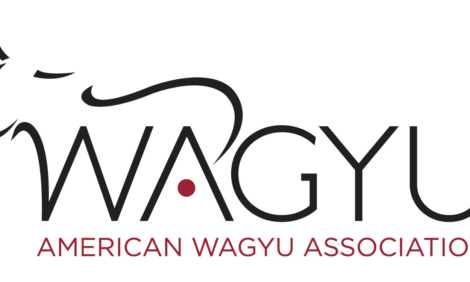



Preparing for Calving Season
Spring calving season is here for some and around the corner for others. As a beef producer, what do you need to know to be prepared for calving season?Spring calving season is here for some and around the corner for others. As a beef producer, what do you need to know to be prepared for calving season?
Cows have a higher demand for nutrients when they start lactating so make sure cows are consuming the nutrients that they need. Start by testing your forage to see if they need any supplementation. If hay is lacking in energy and/or protein, then corn and/or a protein byproduct can help meet cows' needs. Supplemented corn does not need to be processed, because cows adequately digest whole kernel corn.
Check cow body condition score (BCS). Cows should be a 5 BCS, while heifers should be a 6 BCS. If cows or heifers are below that BCS, consider supplementing energy and/or protein to provide the herd with needed nutrients. Over conditioned cows will result in lowered fertility.
Check vitamin and mineral supplementation strategies. Do your cows have access to vitamins and minerals? If nutrient supplementation already occurs, consider adding a vitamin and mineral pack to what is supplemented. When cows transition into lactation, they transition into their highest nutrient demanding phase. As producers, we want to make sure we provide those nutrients to our herd. For some, a few pounds per head of an energy, protein, vitamin, and mineral supplement is all that is needed until the pastures become lush. In early spring, do not forget to ensure cows have a source of magnesium to help prevent magnesium deficiencies or grass tetany.
Nutrition is important for embryo development. Live animal physiology has been linked to proper fetal development. This concept is called fetal programming. Weaning more pounds and developing more productive heifers starts with providing the nutrients required to grow and develop a fetus. Poor or inadequate nutrition can easily hold back a beef operation from being profitable. Also, be aware that 75% of growth occurs in the last trimester of pregnancy. Trying to regain all lost cow weight in late pregnancy can lead to larger than normal calves and potentially calving issues. Ideally, cattle will be supplemented as needed throughout pregnancy and lactation.
Are you prepared for calving issues, otherwise known as dystocia? Always have a veterinary-client-patient relationship and discuss with your veterinarian about how to handle medical emergencies. Timely intervention is key to preventing calf or cow loss. Cows can calve at undesirable times of the day, so know how long it takes your veterinarian to arrive when called at 3 AM on a weekend. This gives an estimate on how far in advance the vet needs called. In addition, know your genetics. Does the bull or sire have good calving ease? Is the animal a cow or heifer? Large calves in small heifers are problematic, so keep that in mind when breeding heifers and watching them calve.
Cows prefer to calve on their own in privacy. Do not add to their anxiety by sitting or standing outside of her pen or pasture that she is in. If calving progress has stalled, consider intervening to make sure the calf is positioned correctly. A normal calf will come out like a diver dives into a pool, front feet first and pointed down. Forms of dystocia include feet are pointed up, there is a head and no feet, there is only a tail, or the feet are not positioned correctly.
Some equipment to have include shoulder sleeves, an antiseptic, pulling chains, and sterile general-purpose lube. For successful calf extractions, some training should be completed with your veterinarian. Lastly, have a handling facility easily accessible. More stress is added to the cow and time is wasted if the cow is chased around the pasture to get her to a working chute. Ideally, cows will be placed on a pasture, paddock, or pen that is easy to move cows in and out in case of calving difficulties. One of the most important pieces of equipment to have on a beef operation is an easily accessible working chute. If a veterinarian visits to pull a calf, then the veterinarian will want to see the cow properly restrained before intervening. Working chutes make handling cattle, especially during dystocia, safer for all who are involved.
In conclusion, body condition score cattle and test your forage to see if it meets your cattle's nutrient requirements. Supplement energy and protein as needed, but always supplement vitamins and minerals to your cattle. Try to avoid your cattle, especially heifers, from rapidly gaining a bunch of weight late in pregnancy, because this feeding strategy can lead to calving difficulties. Initiate and keep a good communication pathway with your veterinarian in case dystocia occurs. Also, make sure you are ready to handle cattle safely for you, your family, and your veterinarian.


